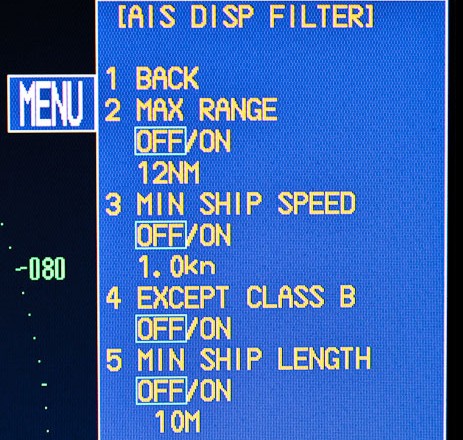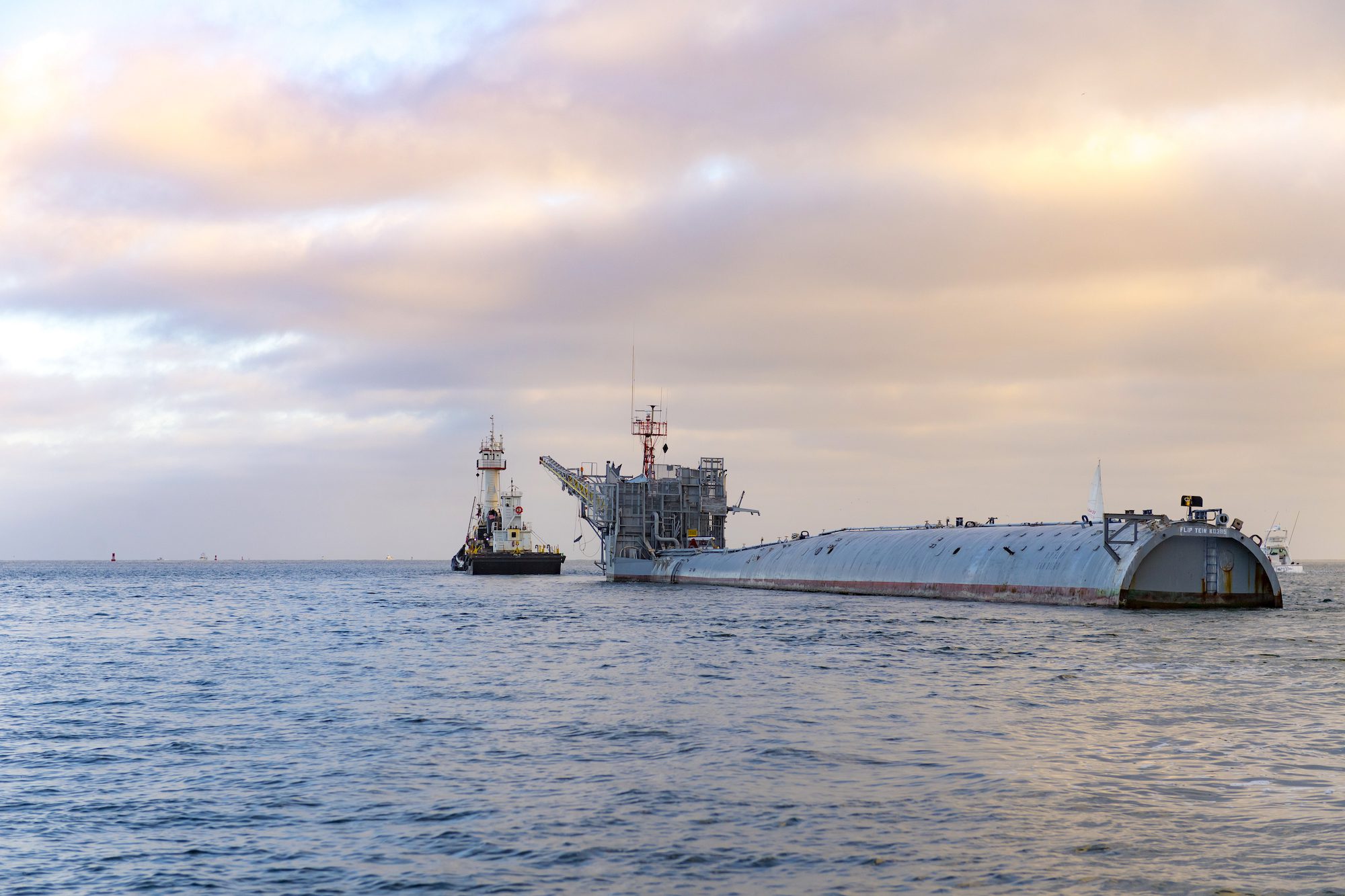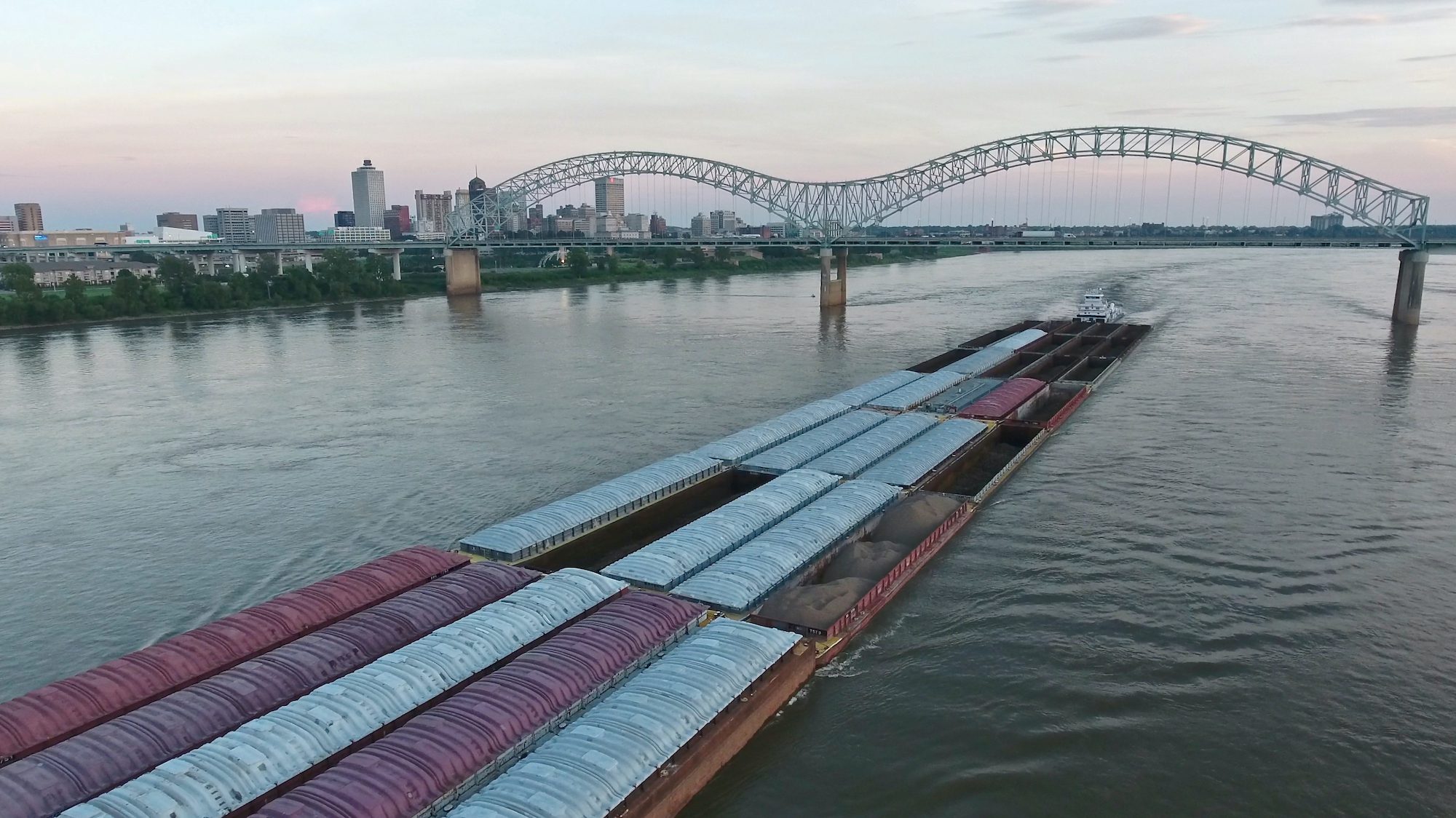
Discussion has returned on the use of Class-B AIS data by commercial ships. For those unaware of the technology, Class B is an AIS system designed for use by boaters and is compatible with the Class A AIS units of large ships but with limited features.
One of the provisions the IEC, IMO and other regulatory bodies have included in the AIS spec is the ability for SOLAS classed vessels to filter out Class B targets. The general reasoning is that, if a large percentage of boaters adopt this technology then radar and ECIDS screens will become too cluttered to see important targets. Our friends at Panbo are currently figuring out the details but, according to the operating manual, it seems that Furuno’s latest radar units allow Class B targets to be slept (the AIS target is replaced with a less pronounced icon) or removed from the Display and you can also prevent Class B targets from sounding the unit’s CPA warning alarm.
What does this mean for professional mariners? A quick survey reveals that most mariners do not understand the full scope of Class B filtering settings and, therefore, leave these settings untouched. Most of us would agree that leaving settings we don’t understand alone is a good practice. And those that do understand the settings only use them in busy harbors.
This brings us to a word of caution. While Class B data can, and sometimes should, be suppressed in port it is important technology that will help us avoid boats which venture offshore. Therefore deactivating the display of Class-B targets on your ECDIS and RADAR is an action that should be logged and a note should be placed in your passage plan (or penciled next to the sea buoy on the chart) to remind all watchstanders to reactivate the setting once you have set out for sea.
The bottom line is that every watchstander wants to avoid colliding with a boat – but mistakes can happen. As technology improves, so will sound watchstanding practices to assure that navigation displays are sett-up properly. Until then, it is your responsibility to understand your equipment, understand it’s capabilities and potential faults, and create ship specific procedures to assure it is set up properly…. both in port and at sea.

 Join The Club
Join The Club











